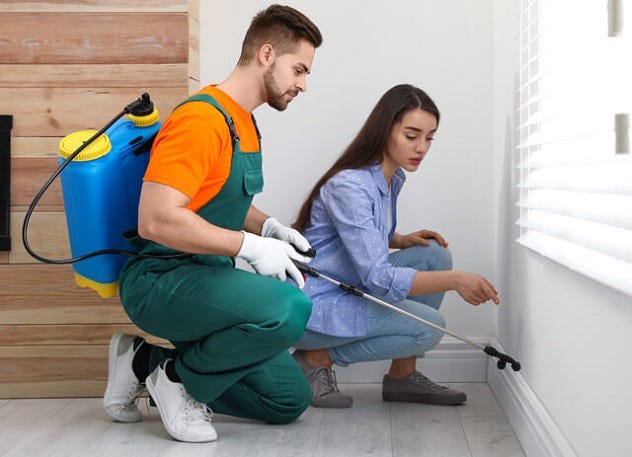
Understanding the Pre Purchase Pest Inspection Report: A Guide forBuyers
Table of Contents
Introduction
Buying a home is one of the most significant investments you’ll make in your lifetime. To ensure that your dream home doesn’t turn into a nightmare, it’s crucial to conduct a pre-purchase pest inspection. This guide will help homebuyers and real estate investors understand the importance and intricacies of the pre-purchase pest inspection in Adelaide. By the end of this article, you’ll know what to look for, how to read the report, and why it is a vital step in the home-buying process.
What is a Pre-Purchase Pest Inspection Report?
A pre-purchase pest inspection report is a detailed assessment conducted by a qualified pest inspector to identify any existing or potential pest-related issues in a property. The primary purpose is to uncover hidden problems that might not be immediately visible but could cause significant damage over time. The report typically includes an examination of the property’s interior, exterior, roof void, subfloor, and outbuildings.
Key components of the report include:
- Identification of active pests such as termites, rodents, and cockroaches.
- Evidence of past infestations and any damage caused.
- Conditions conducive to pests, like damp areas or wood-to-soil contact.
- Recommendations for treatment and prevention.
Understanding these components will give you a comprehensive view of the property’s condition and help you make an informed decision.
Why Buyers Need It
Purchasing a property without a pre-purchase pest inspection can lead to unforeseen expenses and headaches. Pests like termites and rodents can cause extensive damage to a home’s structure, leading to costly repairs. In severe cases, the damage might compromise the safety and livability of the property.
Investing in a pre-purchase pest inspection in Adelaide can save buyers money in the long run by identifying issues before they become major problems. It also provides leverage in price negotiations. Knowing the condition of the property allows you to negotiate a lower price or request the seller to address the pest issues before closing the deal.
How It’s Done
A pre-purchase pest inspection is a thorough process carried out by a licensed and experienced pest inspector. The inspection typically takes a few hours, depending on the size and condition of the property.
The process includes:
- Visual examination of accessible areas inside and outside the property.
- Use of specialized tools like moisture meters, thermal imaging cameras, and borescopes to detect hidden pests.
- Documentation of findings with photographs and detailed notes.
The role of a qualified pest inspector is crucial. They have the expertise to identify subtle signs of infestation and assess the severity of the issue. Hiring a reputable company like Precision Pest Control ensures that the inspection is done professionally and thoroughly.
Common Pests and Red Flags
Understanding common pests and red flags in the inspection report can help you assess the property’s condition better. Some of the most common pests found in homes include:
- Termites: Termites are notorious for causing structural damage. Look for mud tubes, hollow-sounding wood, and discarded wings.
- Rodents: Rodents can chew through electrical wiring and insulation, leading to fire hazards. Signs include droppings, gnaw marks, and nests.
- Cockroaches: Cockroaches are a health hazard, spreading bacteria and allergens. Look for droppings, egg cases, and musty odors.
Red flags in the inspection report can indicate severe infestation and potential damage. Pay attention to terms like “active infestation,” “extensive damage,” and “conditions conducive to pests.”
How to Read and Understand the Report
Interpreting a pre-purchase pest inspection report can be overwhelming, especially for first-time buyers. Here are some tips to help you understand the findings:
- Focus on the Summary: The summary section provides an overview of the main issues identified during the inspection.
- Check for Severity: Look for indications of the severity of pest problems. Terms like “minor,” “moderate,” and “severe” can help gauge the extent of the issue.
- Review Recommendations: Pay attention to the recommended treatments and preventive measures. These suggestions can guide you in addressing the pest problems effectively.
Understanding the severity of pest issues and proposed solutions is vital. It helps you decide whether to proceed with the purchase, negotiate repairs, or walk away from the deal.
Conclusion
A pre-purchase pest inspection is a critical step in the home-buying process that can save you from unexpected costs and headaches. By understanding the process and knowing how to read the report, you can make an informed decision about your investment.
If you’re in the market for a new home, don’t skip this essential step. Engage a reputable company like Precision Pest Control to ensure a thorough inspection. Remember, a small investment in a pre-purchase pest inspection can save you from significant expenses and stress in the future. Happy house hunting!








